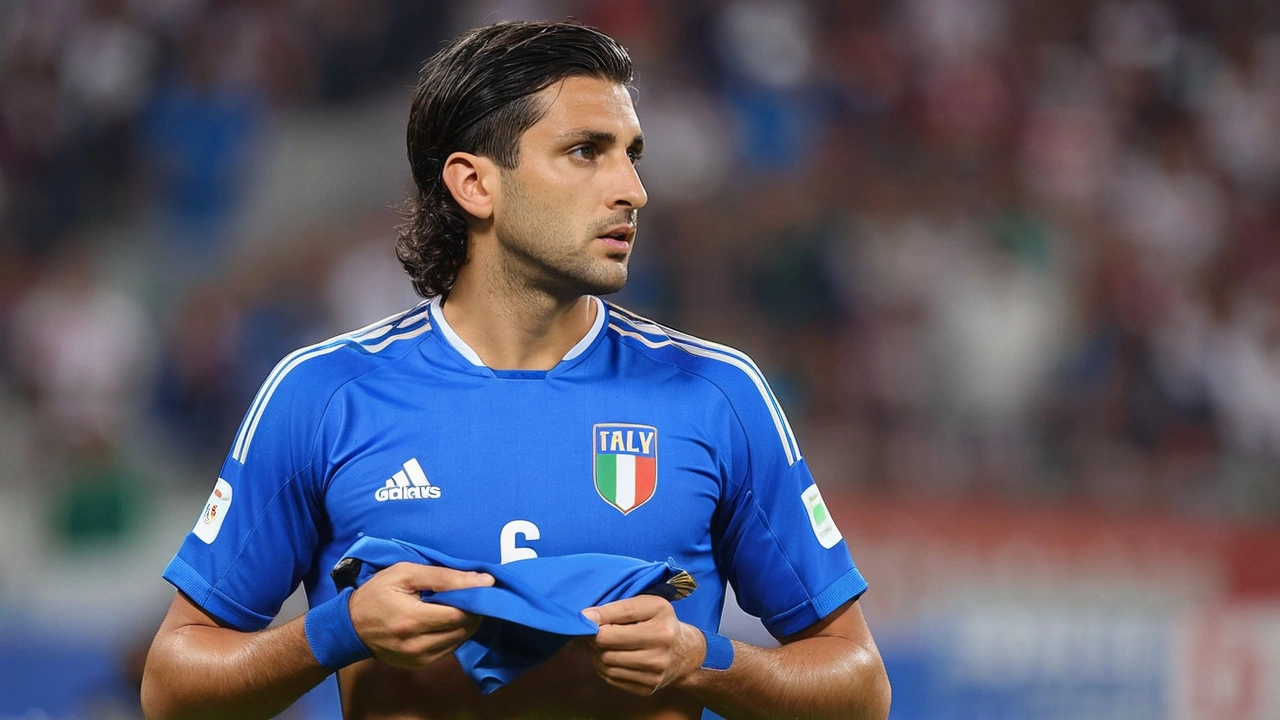Ruben Dias — profile, form and what to watch
Ruben Dias is one of the top centre-backs of his generation. Calm on the ball, strong in the tackle and a leader at the back, he changed how Manchester City defend since his arrival. If you want quick facts, think clean tackles, organised lines and a knack for big-game headers.
Who is Ruben Dias?
Born in Amadora, Portugal, Dias rose through Benfica’s ranks and made a name with composed defending and strong aerial ability. Manchester City signed him to shore up a defence that had been shaky. He quickly became a starter, winning titles and earning praise for stopping counterattacks and making vital blocks.
He also plays for Portugal, bringing experience to the national side. Coaches pick him for his reading of the game and ability to start attacks from deep. For clubs and country, he’s the kind of centre-back who reduces mistakes by being simple and decisive.
Style of play and strengths
Dias reads danger before it happens. He rarely over-commits and prefers to cut passing lanes or shepherd attackers away from goal. That makes him valuable in high-press systems and in matches where City hold the ball most of the time.
Key strengths: positioning, short-range passing, aerial duels and leadership. He’s not the fastest defender, but his anticipation makes up for it. On set pieces he’s a threat at both ends — blocking shots at the back and scoring from corners at the front.
Areas to watch: occasional fouls when forced out wide and rare moments when pacey forwards can pull him out of position. Still, his recovery and tactical smarts often limit those moments to single incidents rather than patterns.
How he helps the team: Ruben’s calmness lets full-backs push higher and midfielders press with confidence. When he steps into midfield with the ball, he usually finds a safe pass that resets play and avoids risky clearances.
Recent form: look for match reports highlighting interceptions, clearances and successful passes. Fans and pundits often judge him by clean sheets and how the defence reacts in tight matches. If City keep a clean sheet, Dias usually had a big say.
Injury and transfer watch: check club updates for fitness notes before key fixtures. As a top centre-back, he’s often linked with transfer talk, but most moves depend on club plans and contract details. Short-term: focus on starting line-ups and whether he’s matched up against pacey attackers or aerial teams.
Want quick updates? Follow match previews and post-match reports for key moments: blocks, last-ditch tackles, and set-piece goals. For stats, look at clearances, interceptions, aerial wins and pass completion — those tell the real story of how Dias controlled a match.
- July 25, 2024
- Comments 7
- Sports

